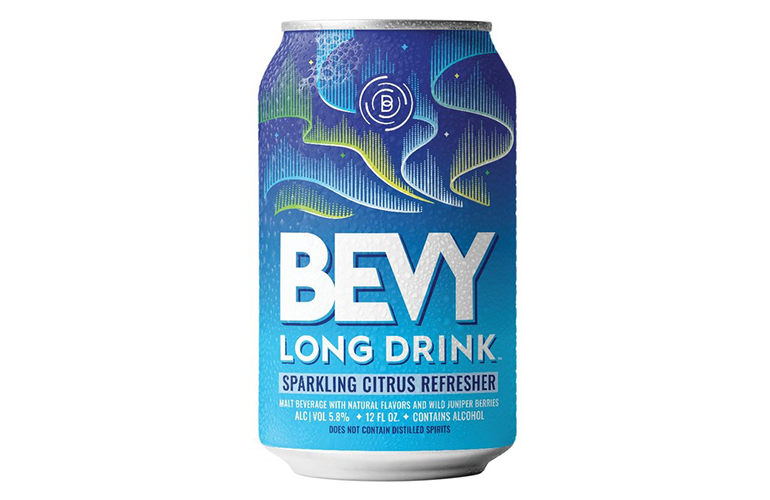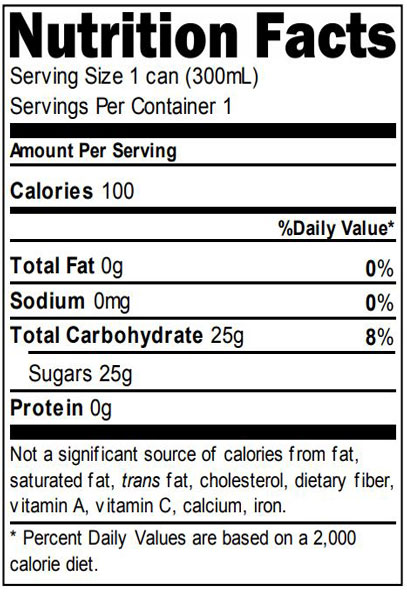
The United Kingdom introduced Guideline Daily Amounts in 1996. A rare example of optional nutrition facts on a label for oranges (in the EU not mandatory for unprocessed fruits)įurther information: Reference Intake, Dietary Reference Values, and Nutri-score Also, fibre is not considered a type of carbohydrate. A key difference from US labelling is that it always gives values for a set quantity (100 ml or - like here - 100 g), allowing easy comparison between products. An example of a Chinese nutrition facts label European Union and United Kingdom A UK nutrition information label, for low-fat yoghurt. The core nutrients that must be on a label are: protein, fat, carbohydrate and sodium. In 2011 the Chinese Ministry of Health released the National Food Safety Standard for Nutrition Labeling of Prepackaged Foods (GB 28050-2011).

In practice, determining the ADS of a package, and selecting the appropriate NFT format, can be a detailed calculation. The selection hierarchy also allows the NFT to occupy no more than 15% of the physical package's available display area (ADS), but never to be smaller than a format that would be less than 15% of ADS. This results in standard (vertical) formats being considered for use before horizontal and linear formats. A hierarchy is used to select among the formats (28 main formats, and 2–7 sub-formats for each). There is a variety of possible formats for use on a given food package. Ĭanadian regulation tightly controls the manner in which the nutrition fact table (NFT) data are laid out. The province of Québec has specific requirements in regards to bilingual packaging, most notably being that the French language must be the prominent language on product labels. (Smaller businesses were given until December 12, 2007, to make the information available.) In accordance with food packaging laws in the country, all information, including the nutrition label, must be written in both English and French, the country's two official languages. In Canada, a standardized "Nutrition Facts" label was introduced as part of regulations passed in 2003, and became mandatory for most prepackaged food products on December 12, 2005. See also: Canadian health claims for food A Canadian Nutrition Label displaying information in both English and French An experiment showed that sugar-teaspoon labelling reduced the intention to purchase sugar-sweetened beverages. In June 2019, the Food Regulation Standing Committee (FRSC) proposed pictorial approaches to convey the amount of sugars and/or added sugar in a serving of food. In April 2013 the New Zealand government introduced rules around common claims made on food packaging, such as 'low in fat'. substituting ml for g, or mmol for mg in the 'Sodium' row). Other items are included as appropriate, and the units may be varied as appropriate (e.g. Australia and New Zealand Īustralia and New Zealand use a nutritional information panel of the following format: Nutrition facts labels are one of many types of food labels required by regulation or applied by manufacturers.

In some cases, the guides are based on different dietary targets for various nutrients than the labels on specific foods.

Most countries also release overall nutrition guides for general educational purposes. Labels are usually based on official nutritional rating systems. The nutrition facts label (also known as the nutrition information panel, and other slight variations) is a label required on most packaged food in many countries, showing what nutrients and other ingredients (to limit and get enough of) are in the food. Table of nutrition facts on food labels A sample nutrition facts label, with instructions from the U.S.


 0 kommentar(er)
0 kommentar(er)
